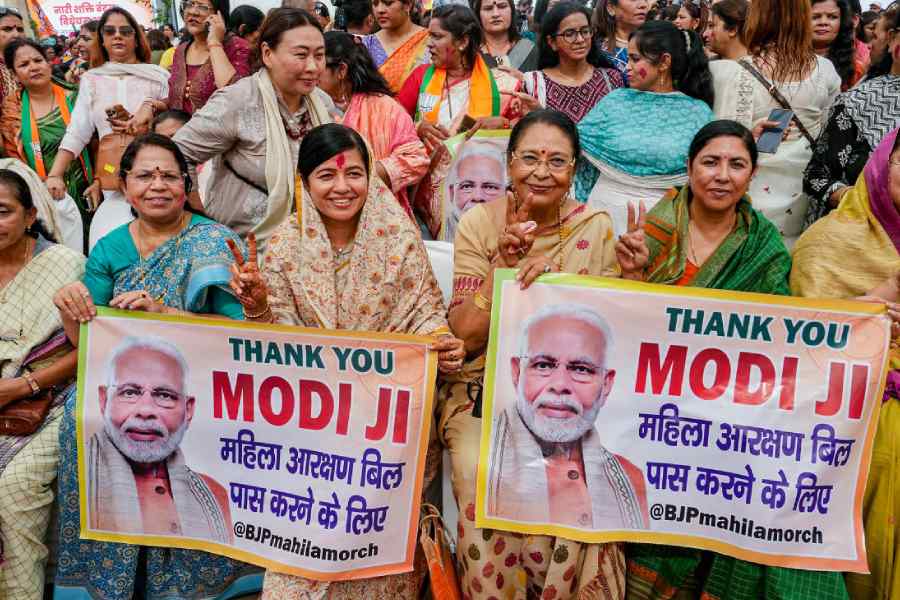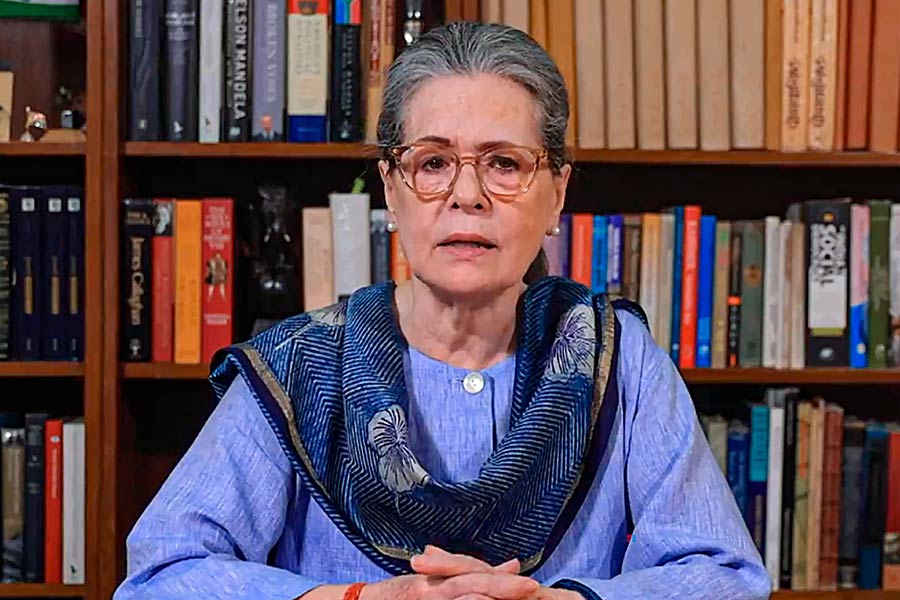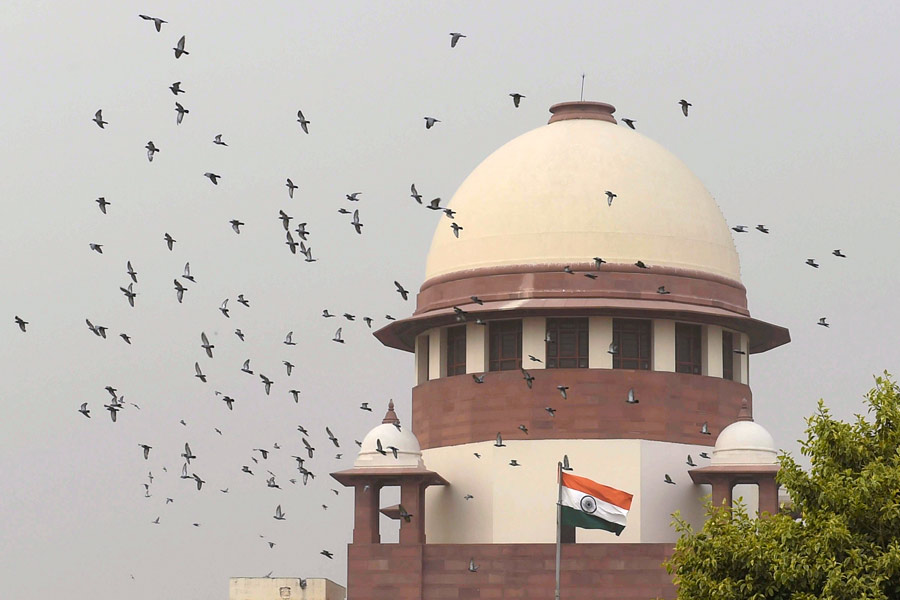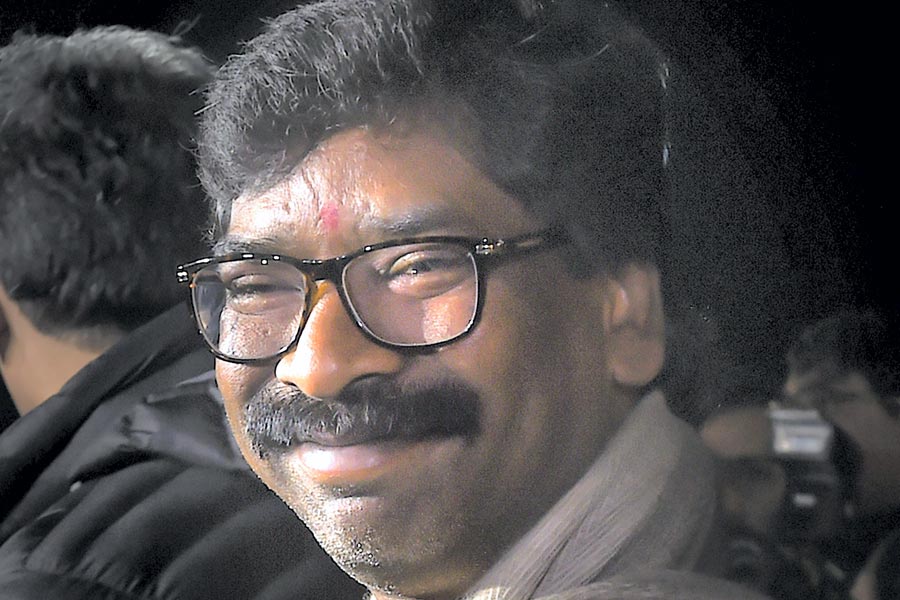First introduced in Parliament by the H.D. Deve Gowda government in 1996, the women’s reservation bill, 2023 proposes to reserve 33% of seats in the Lok Sabha and state assemblies for women. The bill extends the quota to the seats reserved for scheduled castes and scheduled tribes.
Even though women make up around 50% of the electorate in India, their representation in legislatures is appalling. In the 17th Lok Sabha in 2019, 14% of MPs were female, the highest number since India’s Independence. But the figure still fell short of the global average of 26.5%. When it comes to political representation of women who are marginalised, the picture is grimmer. Asaduddin Owaisi of the All India Majlis-E-Ittehadul Muslimeen claims that although Muslim women make up 7% of the population, they are only represented by 0.7% of the members of the Lok Sabha. Among the 131 seats allotted for SC/STs in the current Lok Sabha (84 for SCs and 47 for STs), there are only 20 women. The other backward classes are poorly represented because there is no reservation for them in Parliament or state assemblies.
It would be interesting to view the bill through the prism of intersectionality. Intersectionality, according to Kimberlé Crenshaw, is a concept that highlights the dynamics of discrimination arising from various social, political, economic, and cultural identities. Crenshaw contends that because of women’s “intersecting identities”, they are “impacted by a multitude of social justice and human rights issues.” A joint parliamentary committee under Geeta Mukherjee had recommended reservation for OBC women prior to 2008 but this suggestion was not included in the 2008 bill. The women's reservation bill, 2023 continues to lack intersectionality because it makes no provisions for OBC or minority women.
The women's reservation bill is a perfect fit for Crenshaw’s “basement” metaphor. Crenshaw recommended visualising discrimination as a basement where women at the bottom are marginalised on all conceivable grounds while women at the top are discriminated against only on the parameter of gender. Hence, whenever an escape in the form of a non-intersectional, anti-discrimination law is created, women at the top climb through while those at the bottom remain significantly worse off. Critics claim that if 33% reservation for women is implemented without taking intersectional inclusion into account, lower-caste men will be replaced by upper-caste women, changing the class and the social structure of the House.
With the women’s reservation bill passed — finally — it is critical to recognise that despite its current lack of intersectionality, the legislation reflects the 27 years of struggle it took for women to successfully assert their political rights. According to Professor Rukmini Sen, “Ambedkar's anti-caste politics led to affirmative action clauses in the Constitution and any politics of representation should connect itself with those roots to emphasise that even to get that little space years of struggles had to be fought.” While the prime minister, Narendra Modi, claims to be “the chosen one for empowering and strengthening women”, we must remember that women are not a monolithic group and it is high time we let the subalterns take their rightful space.










